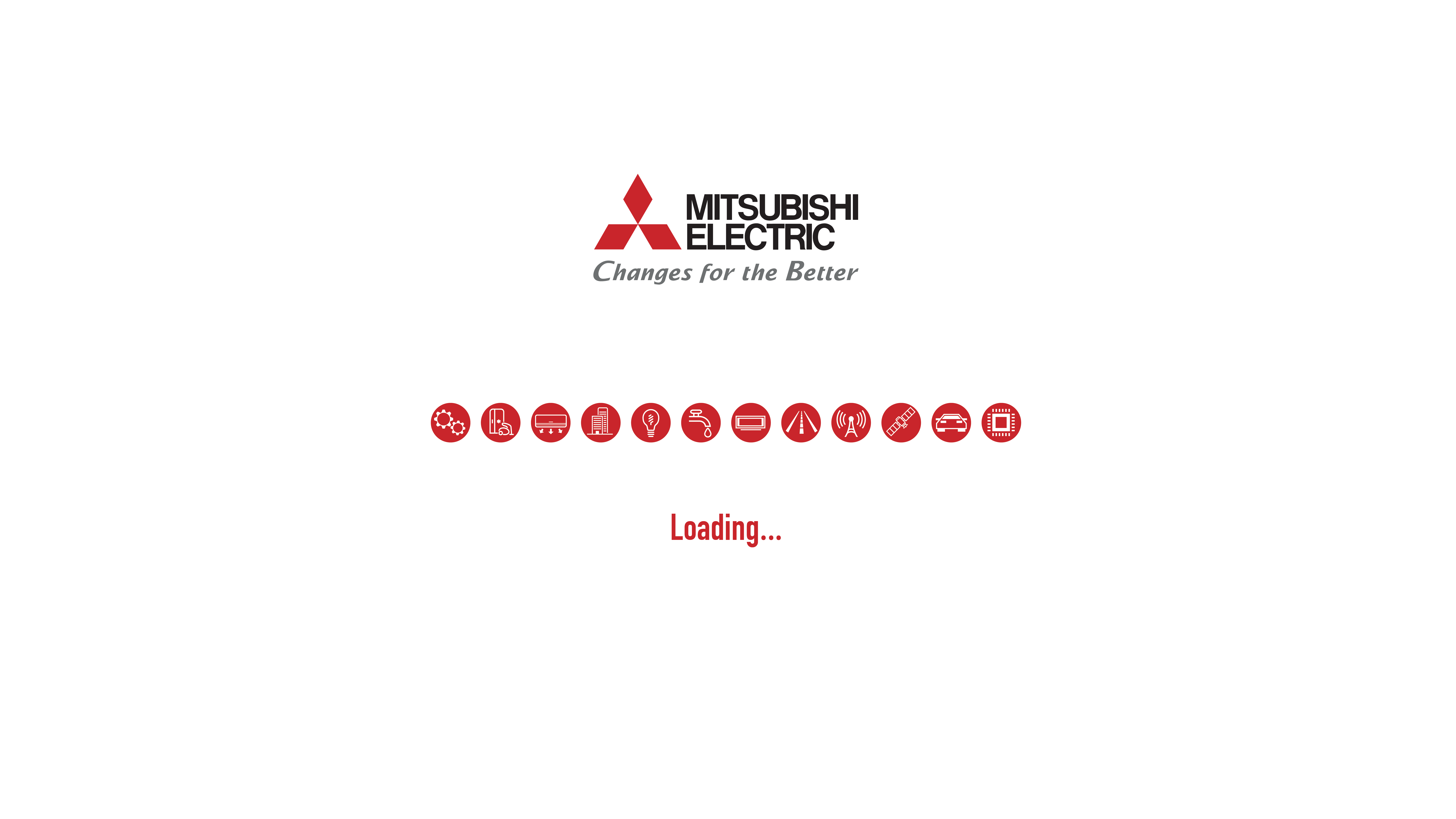IT Cooling for Data Center – Common Air conditioner Myth
Introduction
The existing air conditioner has a history of development for more than 100 years. A significant improvement over cooling equipment centuries ago is to use fans, cooling tunnels. Today air-conditioner design is based on Carrier unit in 1902, which uses the evaporation structure of the liquid evaporate and exchange interaction with air through heat exchanger tubes. From the 1930s, the air conditioning systems began to be compact and used in US office buildings gradually popularized worldwide.

Carrier Air Conditioner – 1902
With new demand in Environment Control (precise humidity and temperature) in telecom stations since the 1960s, a dedicated air conditioning system has designed for these environments. After that, IBM's mainframe centralized server system in the 1970s create a new chapter in the computer revolution. The Data Center (DC), which is located mainframe and many other IT equipment, is developed. These DC require specialized air-conditioning as Computer Room Air conditioner (CRAC). The data center environment was controlled at 21oC +/- 1oC, and the humidity was strictly controlled at 50%RH.
Nowadays, thanks to the development of many technologies, including new advance digital controllers, Inverter compressors, Fan, Pump of companies such as Comperland, Mitsubishi Electric, Carrier, etc., the Precision Cooling in Data Center has been well-known with many key players on the market such as Stulz, Uniflair (Schneider brand), Climaveneta (Mitsubishi Electric), APC (Schneider brand).

Mitsubishi Electric Air conditioner history

IT Cooling - Mitsubishi Electric
Common HVAC Terms
- Sensible heat is the energy required to change the temperature of a substance with no phase change. The temperature change can come from the absorption of sunlight by the soil or the air itself.
- Latent heat is the energy absorbed by or released from a substance during a phase change from a gas to a liquid or a solid or vice versa. Suppose a substance is changing from a solid to a liquid, for example. In that case, the substance needs to absorb energy from the surrounding environment to spread out the molecules into a larger, more fluid volume without increase or decrease temperature.
- Total Cooling Capacity in typical is a sum of Sensible Heat and Latent Heat.
- Net/Gross capacity: Normally, when the air conditioner generates cold air in a specific capacity, it will be partially lost due to internal factors (such as fans, air filters ...), so the total capacity of the air conditioner (gross capacity) will be much larger than the actual capacity (net capacity).
- SHR (Sensible Heat Ratio) is a specific ratio calculated by Sensible heat divide to Total Cooling capacity.
- EER (Energy Efficiency Ratio) is usually calculated as the cooling capacity/power consumption at a specific environment conditional. The unit system may be Btu / kW or KW / KW.
- Air Flow Specific air volume per time, rate of m3 / hour (or m3/ min) at a specific static pressure operation point.
Typical Air Flow Configuration
The most common air conditioner for Datacenter is Downflow Unit (Under Floor airflow) with Direct Expansion type (DX) and Remote Air Cooled.

Downflow Configuration: Hot air from the rear server will be discharged and be taken from the top directly from the environment or through air passages or plenums. These hot airs will be filtered, dehumidified, and cooled. The cold air delivery is on the unit's bottom, under the raised floor, distributed to server intake.

Some airflow configurations and its adjustment airflows design
- This Downflow (UNDER) airflow configuration has some different adjustment airflow design due to Data Center layout structure requirements.

- This Bottom (OVER) airflow configuration.

|
Airflow Direction: Top Discharge – Horizontal Suction |
Airflow Direction: Top Discharge – Horizontal Suction under Floor |
Airflow Direction: Horizontal Top Discharge – Horizontal Bottom Suction |
|
Recommend: No raised floor and Room Height < 3m |
Recommend: High rise Raise floor (> 400mm) |
Recommend: No raised floor and Room Height < 3m |
The Bottom (OVER) adjustment airflow design is rare to meet.

The common myth about the performance and stability of air conditioners.
Use regular commercial – residential air conditioner for a small data center
When the server room's power consumption is less than 3kW, it is possible to consider using commercial and residential air conditioners when the servers belong to noncritical systems, and interruptions may be acceptable or partial performance degradation during high temperatures. The use of these air-conditioners will be more economical due to their affordable segment prices.
Recommendation: When using commercial - resident air conditioners in small computer rooms, it is necessary to pay attention to the proper installation & maintenance space, including drainage directions, the risk of water leak of air-conditioning, preventing dust because resident and commercial air-conditioners are not designed for easy cleaning and repairing as compared to specialized air-conditioning systems. Residential and commercial air-conditioners need to perform monthly maintenance and weekly inspection (additional monitoring systems are recommended or some standby unit) because they are not designed to run 24/24 for many months or years.
Computer Rooms without regularly unattended should not be equipped with residential cooling systems because there is a potential risk of leaking, fire, explosion, sudden and unexpected damage.
Outdoor Ambient (temperature, humidity, corrosion, wind …) have a minor effect on Data Center
It is an incorrect statement. Most air-conditioning systems will experience a derivation of cooling capacity during the outside environment with low humidity or extra-high temperatures. The unit can run at high outdoor temperatures, but cooling capacity will be reduced depending on the sizing type of cooling, heating, and installation method. In the worst case, a unit capacity will be reduced up to 70-80% when the ambient temperature is above 40oC.
When selecting a cooling system, the designer must ensure that the air conditioning system in Data Center must maintain the minimum cooling capacity requirement in case of high-temperature ambient in the installation area. The high temperature here can include high air temperature or sun effect radiation (direct sunlight) or heat source from other systems (i.e. from other air condensers). In some situations, wind also effects to reduce the capacity of the air conditioner. It is necessary to take into account these parameters to avoid consequences.

Remote Air Condenser – Mitsubishi Electric in FPT Fornix Data Center – Hà Nội
Cooling systems operate under extreme conditions will fail more quickly than standard service conditions. The cooling efficiency also will be reduced, and the cooling capacity also drops.
Recommendation: In the location of long & high outdoor temperature (summer season), the air conditioner's capacity must still be kept at a minimum load at hottest ambient temperatures of 40 ° C continuously. The design for the condenser/cooling tower must have a sun shield to reduce harsh sunlight radiation. And the outdoor units should be coated anti-corrosion substances in high corrosion ambient, i.e. sea nearby, chemical factory ...
Higher Sensible Heat is the key to design cooling for Data Center
It is a misunderstanding. The air conditioner will provide some capacity as latent heat to perform dehumidification if the Data Center's humidity is consistently higher than the setting for a certain level. Even if the air conditioner is selected to sized as SHR (sensible heat ratio) = 1 (i.e. no latent heat), it still provides some capacity to naturally dehumidify if the humidity falls outside its design range or even activate dehumidifying circuit of the unit.
When the active dehumidifying circuit is activated, the air conditioner increases the compressor capacity. Also, it turns on the heater to keep the humidity and temperature within a certain pre-setting level. Active dehumidification inherently consumes more power than other air-conditioning modes.
Recommendation: Unless the outdoor ambient of the datacenter has a humidity lower than 50% for a long time, designers should harmonize both sensible and latent heat capacity, which is generally recommended. The numbers between 5-10% of total capacity should be latent heat capacity. At that time, the air conditioner will limit activation of the active dehumidifying circuit, which consumes much more power than the normal operation mode.
Air Flow is not an important design parameter in HVAC systems for Data Center
This is an incorrect statement. The airflow rate of the air conditioner accurately reflects the air conditioner's capacity supplied to the equipment.
With a small server room, heat load under 30kW, sometimes we won't need to care about the airflow because the air conditioner has enough fan power to distribute air to cover the room. However, in the large data center, since the maximum airflow of an air conditioner will be a limited number, a distribute airflow factors need to consider include:
+ Calculate demand airflow (requirements) cover all of the loss during air transportation.
+ Calculate balance airflow distributed to different Data Center areas in the room. For example, an air conditioner generating 100m3 / hour supply air distribute to two different zones, each area needs 30m3 / hour. In theory, the airflow is sufficient. But some reasons that one of the areas have a higher cooling air leak and take more than 80m3/ hour, the other area will have only 20m3 / hour and become a hotspot area.
+ Calculate sufficient cooling adaptive rate with variable load. If the air conditioner's capacity is low or too close to the required threshold, the system will take a long time to stabilize the temperature. Another issue, Data Center load will still heat the air during utility power cut out. In this case, the air conditioner will stop working, but the UPS will still feed the server, IT equipment, which generates heat that fast increases the indoor temperature. Even the power's restored (generator/grid), if the air conditioner design can not reduce air temperature fast enough, IT equipment will be overheated and shut down before the cooling system become stable.
Inverter Compressor/or Digital Compressor will have higher efficiency compared to the traditional compressor
It's not a correct statement. Inverter compressors will have a better performance curve only with variable load or a low load condition design
For compressor efficiency, consider the following factors: whether the compressor load step, for example, 25%, 50%, 75% or 100%, matches the actual load used.
Conclusion
Sizing and designing a cooling for critical environments such as Data Center, clean room, laboratory ... it is necessary to consider many factors directly related to each system's typical operating environment to ensure that the design is correct and not over-design or under the required level. Design parameters will be suitable for this project's specific conditions and needs but will not be entirely consistent with other projects. Designers need to understand key concepts and work with suppliers to ensure precise, accurate data.
"Large well-known manufacturers always have clear, accurate information with reliable, verifiable data. For Mitsubishi Electric, with years of experience, we can provide complete air conditioning solution for Data Center, building, commercial center, i.e. chiller, cooling tower, continuous cooling system for the critical environment"- Mr. Nguyen Hoang Dat, IT cooling specialist of Mitsubishi Vietnam.
About Mitsubishi Electric
In Vietnam, Mitsubishi Electric is a solution provider as complete cooling solutions for Mega Data Center.
Typically, the Data centers such as FPT Tan Thuan, FPT Fornix are world-class Data centers meeting Uptime Tier 3 standards, with a total cooling capacity of up to 1700KW. The system design meets the ability to operate 24/7/365 with onsite spare part support (all the critical spare parts will be stocked at a customer site), ensuring absolute peace of mind.

IT Cooling from Mitsubishi Electric at FPT Fornix Data Center – Ha Noi






